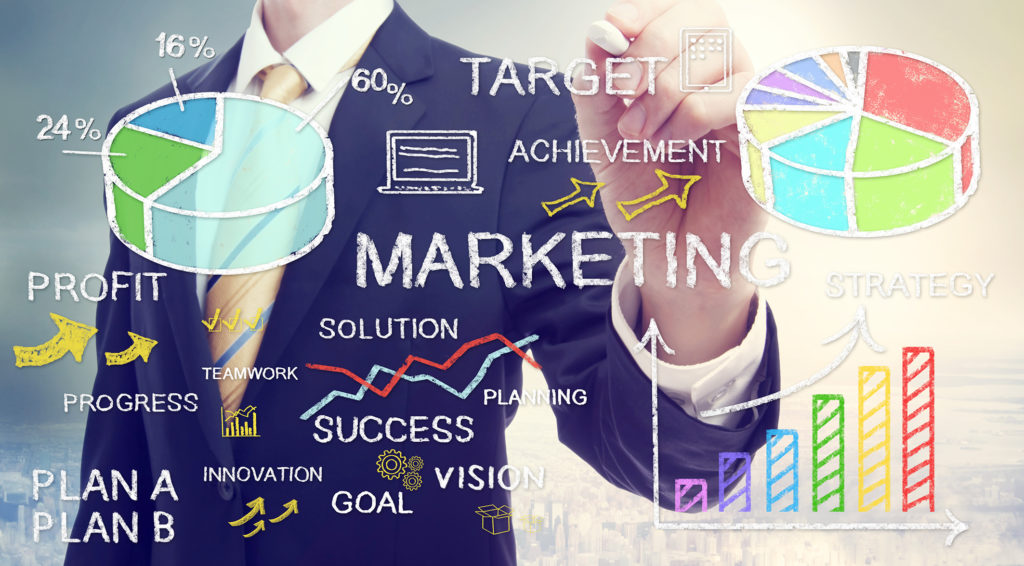Influencer marketing is turning the page and entering that awkward age of adolescence. And like most coming-of-age stories, this one is filled with conflict and compromise. Influencers are testing their limits – finding new ways to boost reach and negotiate for better pay. Brands, on the other hand, are working to lay down ground rules.
Marketers face growing pressure from bosses to prove ROI as influencer marketing programs grow in scale and complexity. Influencers wrestle with an increasingly saturated landscape. The rise of micro-influencers means competing for partnerships and a share of followers’ limited social feeds. There is a need for standardisation and we are already seeing signs of it.
Rise of self-made influencers
Your neighbour. Your favourite TV show host. Your work colleague. It seems like everyone has built up a following on social media these days. There is a micro-community for every interest, hobby, and cause. In all of this noise, some influencers and businesses have turned to using bots as a quick and easy way to give their accounts a boost. Bot providers help drive likes/followers for anywhere from $9-40 a month.
Research shows that 7.8% of Instagram’s 200 million active accounts are bots or fake accounts. But the problem with bot usage is that it inflates an influencer’s influence, making it hard for brands to predict true reach. Follower count and number of likes – especially those enhanced by bots – don’t always equate to engagement, awareness, or sales. And as bots become smarter, it gets increasingly hard for brands to differentiate bot-grown influence from organic influence. That is why it is important for brands to put together guidelines to help identify the right influencers to partner with.
There are a few things you might want to look at before partnering with an influencer. Say how active an influencer is on the platform, if their content to is aligned with your brand, and how they engage with their followers. Solutions like Fohr Card can help to scan and identify an influencers’ follower health by categorising accounts into three: actives, lurkers, and bots. By analysing an influencers’ list of followers, the software is able to conclude whether an influencer has bought followers or not.
How many likes is in a sale?
Likes, retweets, and follows are all great but what does that mean for the bottom line? Some brands are giving influencers individual, customised links in order to track performance. This then allows marketing teams to see which posts are driving traffic back to the landing page. Tracking each influencer’s results can help you set realistic goals for future campaigns and identify which partnerships are working.
Influencer marketing programs are becoming a big operation for some brands. They have to source a handful of micro-influencers, put together contracts, a project scope, and track KPIs. It is no wonder many brands have turned to agencies or have automated parts of the process. Agencies can be a great way for businesses to scale their efforts and bring in expertise.
That said, there is no exact science to wooing an influencer, and there is always the risk of rejection, but sourcing from your own community is a great place to start. You will find influencers who have already been using your product for some time and can speak to their experience with it. Plus, followers will be more likely to buy into the endorsement. Whatever route we take we should not forget what made influencer marketing so successful in the first place: relationships.
